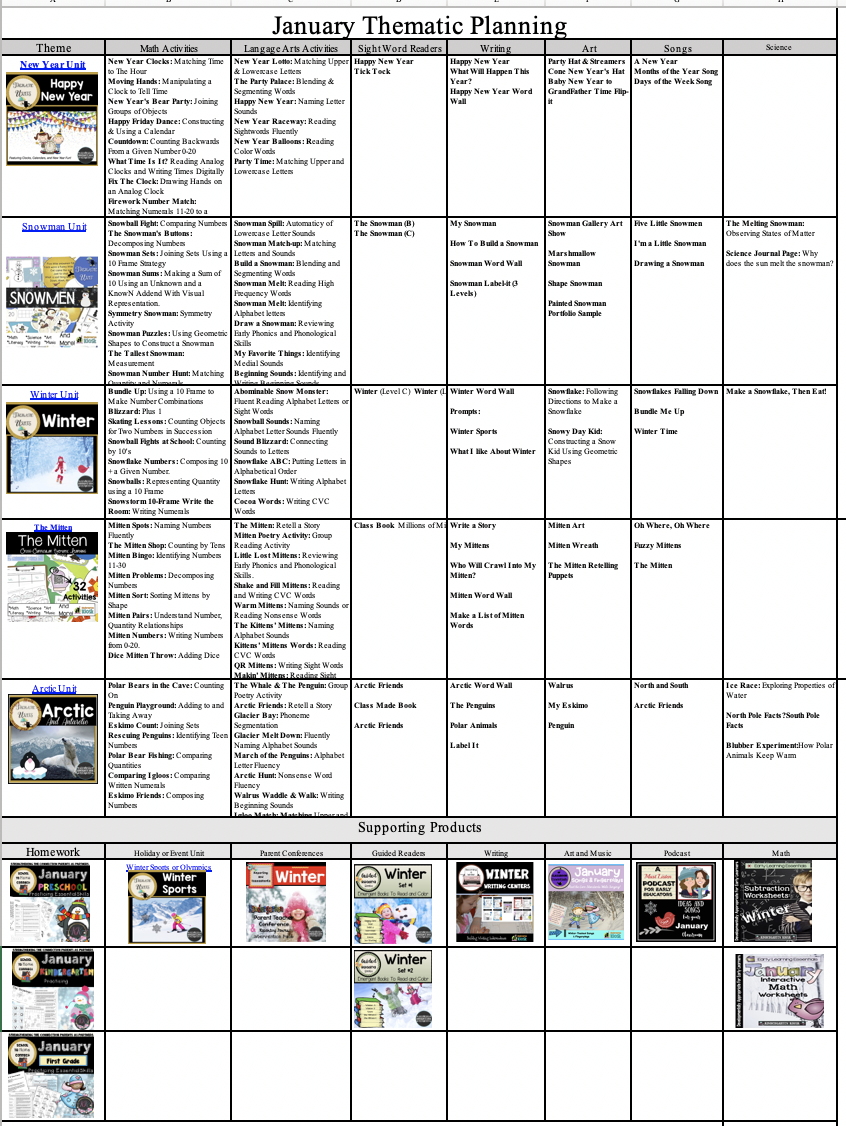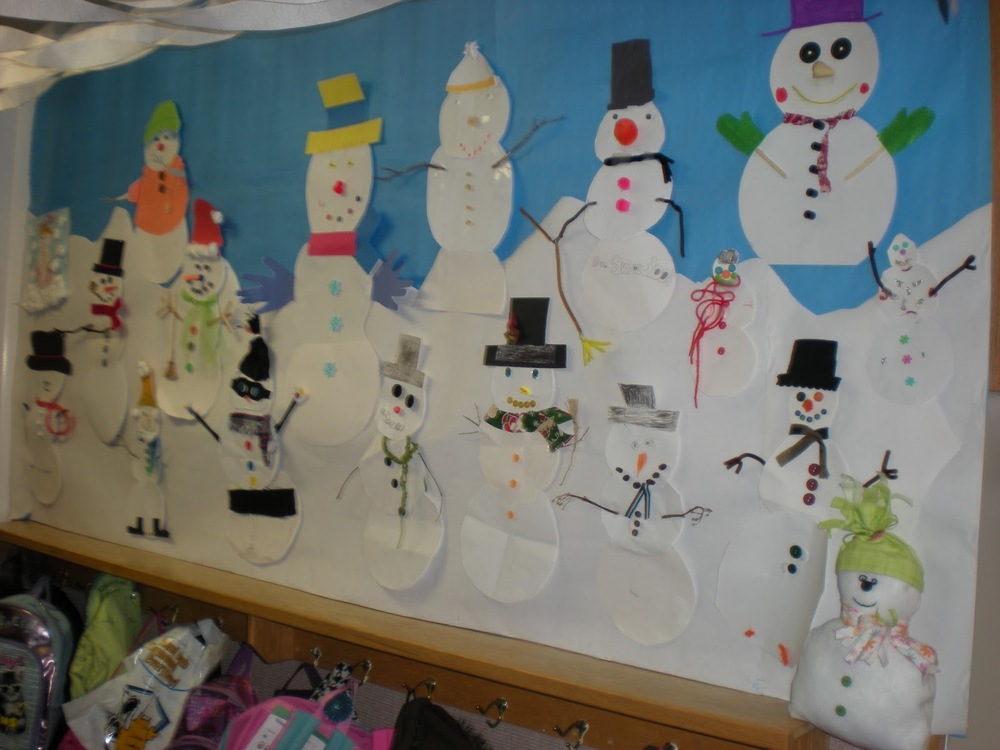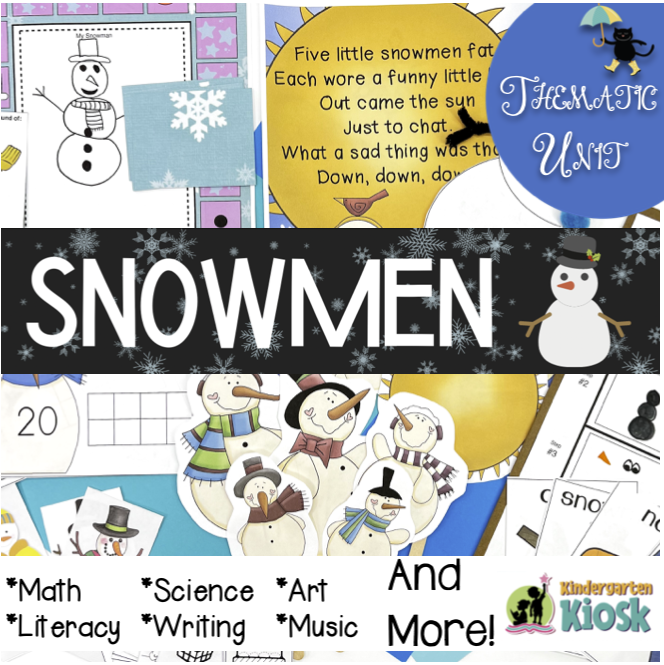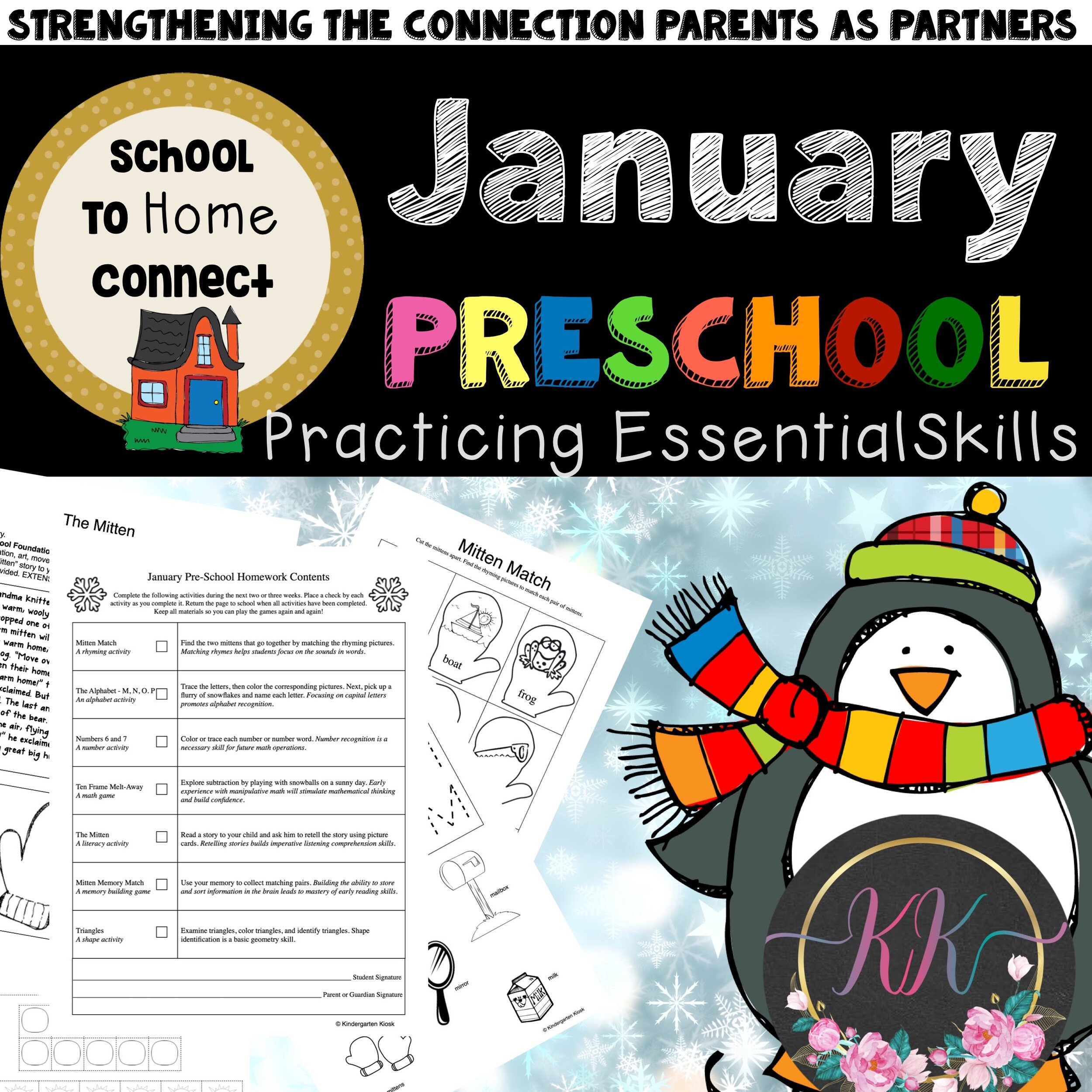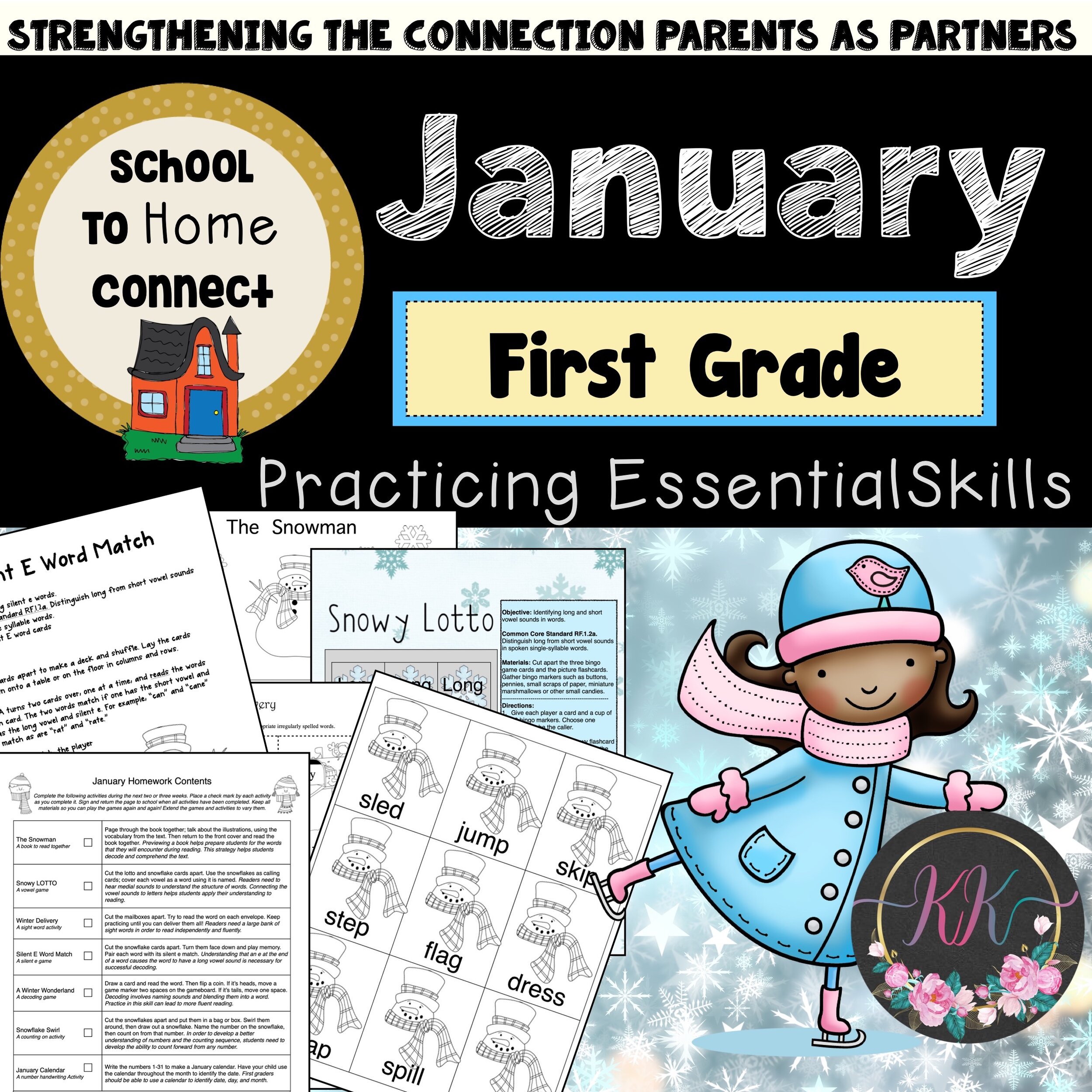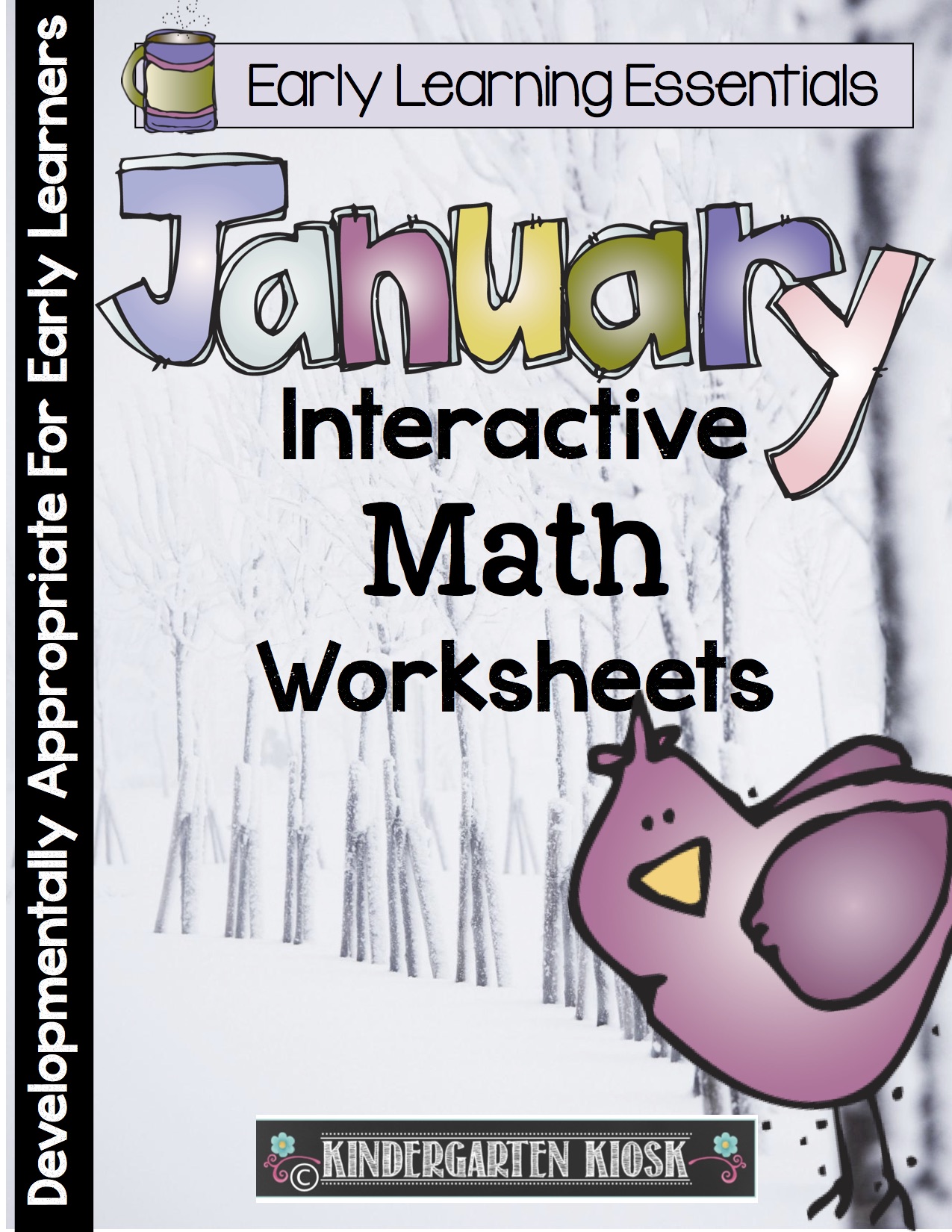It’s January!
January is a month that is packed with thematic ideas that excite students and serve as a great way to deliver academic materials to young children.
We are here to help! Download this free lesson planning guide on Excel to help with your curriculum planning. We have you covered across the curriculum in academic ways using early-learning research and the Science of Reading as our guide. You will be able to see at a glance lessons and activities to fill your needs!
Now, on to some ideas in action.
Clocks, Calendars, and New Year Fun
I think I have introduced clocks the first day back from winter break for my entire career (thank you Ruth Hepworth). Waiting at my carpet/calendar area I have my little student size Judy Clocks ready to go and my copy of the song Hap Palmer’s, Paper Clocks ready for the play button to be pushed. After we have manipulated the clocks to the song a couple of times, I love to have the students construct their own clocks to take home and show off their new skill of telling time to the hour.
Small children are always asking when certain things are going to happen:
"When are we going to eat lunch?"
"When is recess?"
"When will Mom get home?"
"When can I go and play?"
Days, months, hours, and minutes are all very fuzzy concepts to them. So to help kids start to understand how to measure time, I borrowed an idea from mathematics guru John Van de Walle. His brilliant idea is to take the minute hand off of a clock so that children can focus on the hand that gives them the most important information: the hour hand.
I had to break the plastic covering to get to the minute hand, but after that, it was easy to snip off the minute hand with a pair of scissors. Now that only the hour hand shows, the children can begin to conceptualize how long an hour is, and when certain things will happen. If I tell them, "Lunch, will be at 11". They know to watch for when the hour hand is pointing exactly at the 11. And, during that time, can watch the speed at which the hour hand moves from number to number to gain an idea of how long an hour is exactly. We can also use the hour hand to begin to use time vocabulary in a way that makes sense. For example:
"It's almost 9 o'clock"
"It's just past 12"
"It's half past 1"
"It's exactly 10 o'clock"
I've found that using an "hour hand only" clock has given my kids a lot of independence. They can now check it on their own to find out if it's time for certain things to happen that are always at the same time. They can find out if it's lunch time or play time on their own, which gives them a sense of control over the day as well as an introduction to how time is measured.
You may wish to check out our Happy New Year Unit that focuses on ways to measure time: Clocks and Calendars, and is filled with some New Years' fun! The Baby and Father-Time Flip is one of my favorite activities included.
Winter Fun
Snowflakes
After all the New Year fun I love to bring winter into the classroom and what better way to begin than by making snowflakes! I'm always surprised by how many of my students have never made a snowflake before. When I taught two sessions of half day kindergarten, out of my 45 students, usually only one or two had ever before made a snowflake! After careful modeling (even with snowflakes that end up as duds), we go to our tables with scissors and begin to cut.
It is always so much fun to watch kids open their very first snowflake! They smile a wide (sometimes toothless) smile and quickly say, "Can I make another one?"
Although true snowflakes are hexagons, a square is the perfect way to help young children learn how to independently cut snowflakes!
If you are low on precious paper, kids are just as happy to make snowflakes out of newsprint, recycled paper, or any scraps that are readily available. They love to use magazine pages, newspaper ads, discarded homework, etc.
By taking advantage of this natural enthusiasm for snowflake cutting and simplifying the activity, it becomes a great opportunity to review basic shapes, aid development of hand and finger muscles, and build student independence and confidence.
So, cut a stack of various size squares of various types of paper. Hang a "How-To" instruction poster and let the scraps start flying and let winter begin (real snow or not)! *Clean up idea—— at the end of the cutting introduce the students to a game called snow storm. When you say “It’s snowing", instruct the students to gather as many pieces of snow they can!
Sensory Snow
Another way I bring snow into the classroom in January is by putting fake snow in my sensory table. Check out SteveSpangler.com or Amazon for artificial snow that is fluffy and fun. Your students can help you mix up the snow, then make observations as they compare it to real snow. This sensory activity makes a great addition to any winter-related or weather unit!
Arctic Animals
While my class is making snowflakes and playing in "snow" we are learning academic skills through winter related units and activities. We investigate the Arctic and Antartica, read the guided reader Arctic Friends, compare quantities with "Polar Bear Fishing", construct walruses, and sound out words with the game "Arctic Hunt". Then we turn our attention to the Antarctic and the penguin. We write about penguins, read about them, construct penguins, and play penguin games such as "Rescue the Penguins" (a teen number math game) and "March of the Penguins" (a letter fluency game). The Arctic air is cold, but make the best of it with our Arctic Freeze activities!
Snowmen and Mittens
I love to use the story's Snowmen at Night and The Mitten as part of my January literacy instruction. To start out the unit, I send home 3 sheets of construction paper with each student and a challenge for them to use their creativity and things around the home to make a snowman to bring to school. The results are great and the artists are proud! You can find all of my academic activities for the books in our matching units.
Winter science
crystals
January is a great time for science! Sugar, salt, and snowflakes are examples of crystals...so is borax. Borax, a cleaning product found in the laundry aisle, makes (almost) no-fail crystals. On the first day, we mix hot water and borax. The kids write their names on craft sticks and make designs with pipe cleaners. After pouring the borax solution into cups, we add the pipe cleaners and set the cups aside. On the next day the kids pour the water off and examine their crystals! We write about the experiment, then bag everything up for the trip home. You can find the complete directions in our White Wonderful Winter unit!
Water and weather
In January my class studies water and weather. You can find a lot of great weather ideas here. Water can be studied at almost any time of the year. Water lessons easily fit into ocean, winter, weather, and spring units. Learning about evaporation, the states of matter, water tension, water flow, sink or float, etc. gives students opportunities to experiment and use scientific process skills.
Water bottles are a favorite water activity for most kindergartners. Wave, pearl swirl, fountain, and tornado bottles help students learn about water currents, flow, and movement. Check out Steve Spangler for Pearl Swirl Concentrate and both tornado and fountain connectors. The bottle connectors can also be purchased from Amazon. Directions for the wave bottle can be found in our Ocean unit, and our Weather unit features many water lessons. Water is amazing!
One of the dramatic play centers that I like to use this month is the Local News. This is an easy center to put together. All you need is a map, some "fancy" dress up clothes, a play microphone, and a play camera (easily made from a cardboard box). The children can act out telling the classroom "news" including the local weather.



